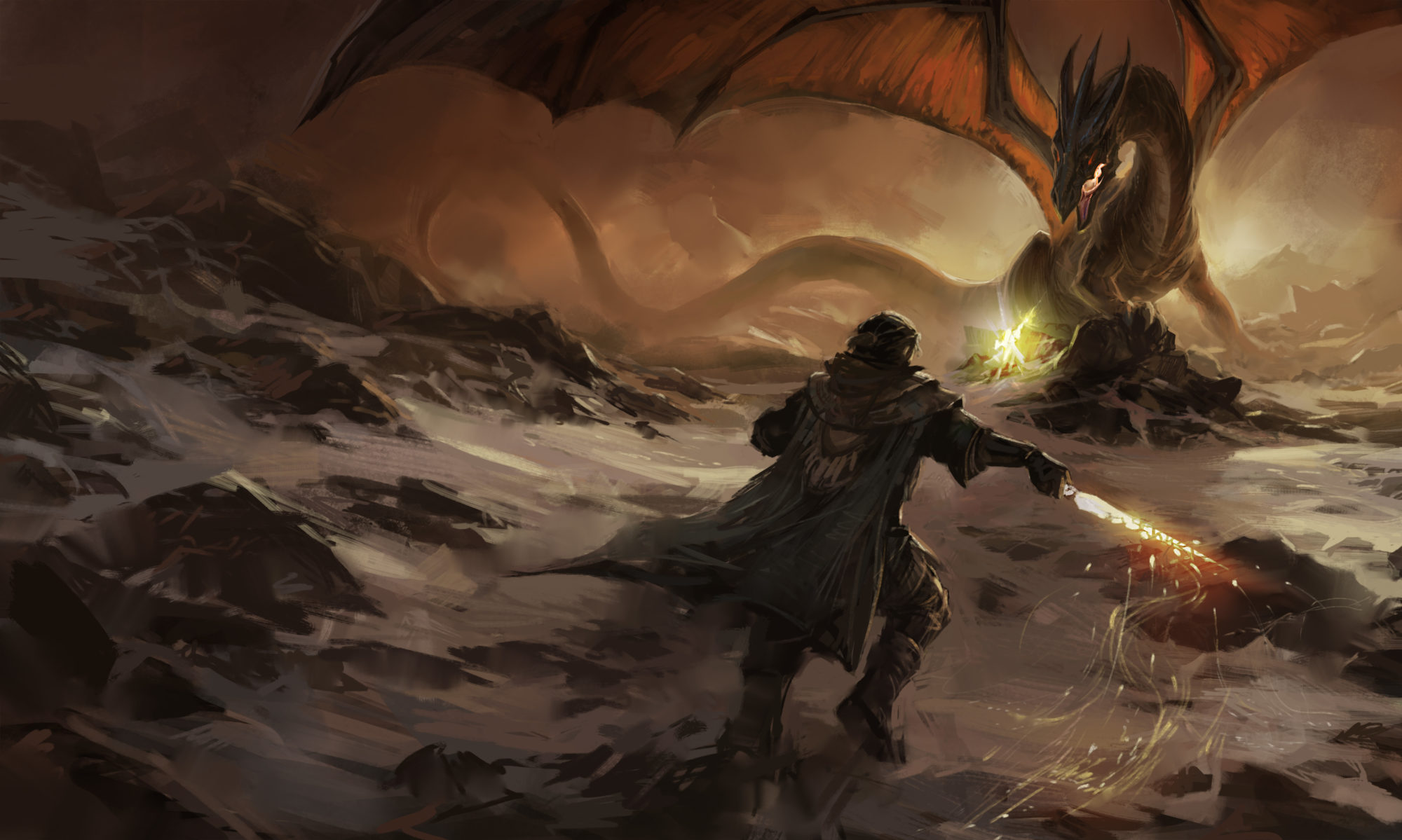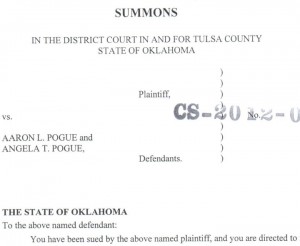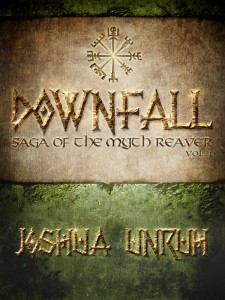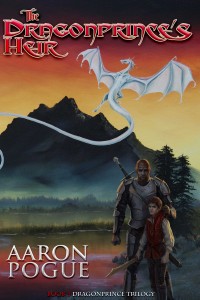I’ve mentioned more than once that I’ve been working on a book for 47North, a science fiction and fantasy publisher owned by Amazon. I even wrote an article for Unstressed Syllables explaining how to submit a book to an Amazon imprint. That has been one of my most popular posts there.
But I don’t think I’ve ever shared the story of how I ended up with a traditional publishing contract. There are some restrictions in the contract as to what details I can share, but the story’s mine to tell. So here we go.
Submission guidelines
I told the story in the aforementioned article, but last January I decided that I wanted to get something published by 47North. I’ve really loved the control (and profit) available through self-publishing, but the one big thing I lack is advertising. I’m making enough revenue now that I could afford to pay for some promotion, but I wouldn’t really know what is worthwhile. And I don’t want to spend the time on trial and error.
Meanwhile, several of the standouts in the self-pub community were crowing about their deals with Amazon imprints. Amazon is far more responsive to author needs than New York publishers. They offer much fairer contracts (in a lot of ways) and pay approximately twice the royalties you’d get from anyone out of Manhattan.That’s not sharing secrets from my contract, that was the buzz about Amazon publishing before I ever heard from them.
So I decided to do a deal. As I said, I’ve been most satisfied with self-publishing, and I had no intention of quitting. Instead, I hoped to sell a book or two to Amazon, experience the traditional publishing process for the sake of my bucket list, and then watch while their promotion spilled over into new loyal readers (and more profit) for all my other books.
As it happens, nothing came of my carefully-crafted submission. It got lost in the slush pile. Instead, someone from Amazon contacted me spontaneously in May because they’d noticed how well Taming Fire was selling. He was clearly surprised to hear that I had contacted them way back in January.
Still, everything worked out. We had a phone call to discuss what they could offer and what I was looking for. I took care to stress my commitment to Consortium Books, and they had no problem with that. None at all. Obviously they’d hoped I would want to republish my proven series through them, but when I said that was impossible, they were still just as interested in hearing what else I had to offer.
And that was…nothing. Between Consortium Books and Draft2Digital, we’ve gotten really good at publishing, so everything that I had ready to publish was already published. I did mention a new property in a new universe that I had started for a class last spring.
It was 15,000 words (which would qualify as a short story) and an outline, but that was enough to interest them. They didn’t even ask to see the pages. They signed me to a three-book deal on an outline.
That’s a big deal. It happens all the time for big-name authors–guys like Stephen King and James Patterson–and sometimes for midlist writers who’ve been working with the same publisher for a long time. But mostly publishers won’t even start to talk about a contract until they’ve seen a complete manuscript.
And here I got a three-book contract on an outline. I’m still a little bit in shock at that. I’m big time.
Deadlines
Of course, that meant I still had to write the book. And I had to write it good enough to justify the advance they paid me back in June. I had no doubt that I could do it, but that was still a stressful pressure hanging over my summer.
My busy summer. See, in June I hired my first (paid) employees at Consortium Books. We have an Acquisitions Editor and a Senior Editor, plus a Marketing Director hired in September. So I spent my summer on such inescapable chores as payroll taxes, group health insurance, and pursuing our nonprofit status.
I planned to get that stuff hammered out quickly, then set my employees to work while I turned my attention to the book. I figured if I took two months on chores, I’d still have two months to write the draft (August and September), and all of October for revisions before I mailed the book off for my November 1st deadline.
That…didn’t quite work out. I started June with 15,000 words of story written, and when October rolled around, I still had 15,000 words.
Even then, I was slow to start. Day after day slipped by when I had no more than a couple hundred words to show for all my effort, and I needed to be doing about 2,000 a day for all of October.
As I fell further and further behind, I kept trying to jump start my process. I would dedicate more and more hours to writing (or, as it so often turned out, not writing). I rebuilt my outline repeatedly. I spent a lot of time psycho-analyzing myself and tried a dozen different solutions.
My wife just kept reminding me, with more faith in me than I’ve ever had in myself, “You’ll get it done at the last minute. You always get it done at the last minute, and it’s always wonderful.”
And, of course, she was right. Look for Oberon’s Dreams on bookstore shelves in May. And watch for updates here in the meantime; I’d love to do a cover reveal once we have final art, if they’ll let me.
As for me, I’m going to keep putting in the long hours, now that I’ve found a schedule that works for me. I’m really hoping I can write and publish at least two new books in the time it takes Amazon to publish the one I just delivered.
Any votes on which two new books I should write?







